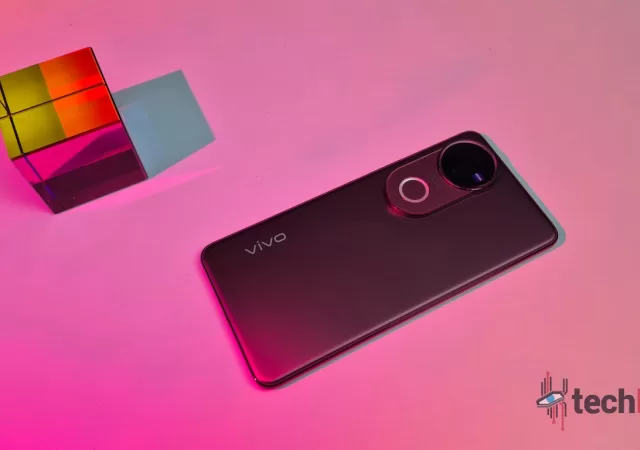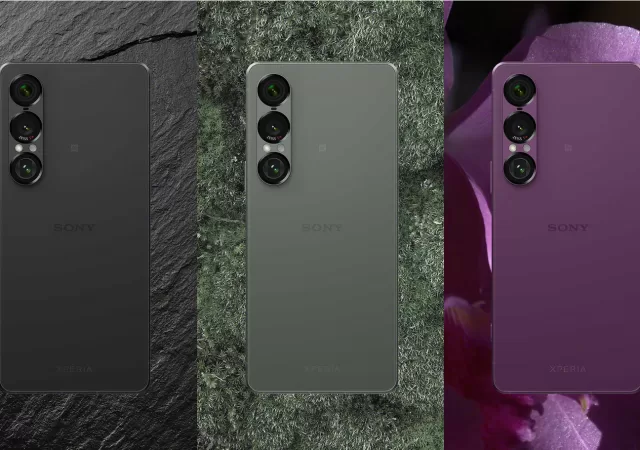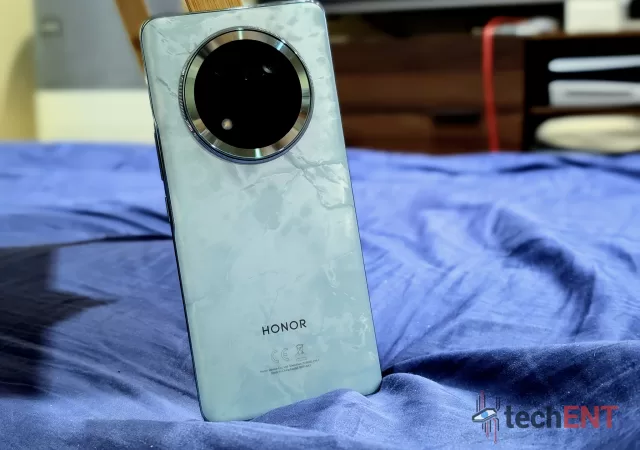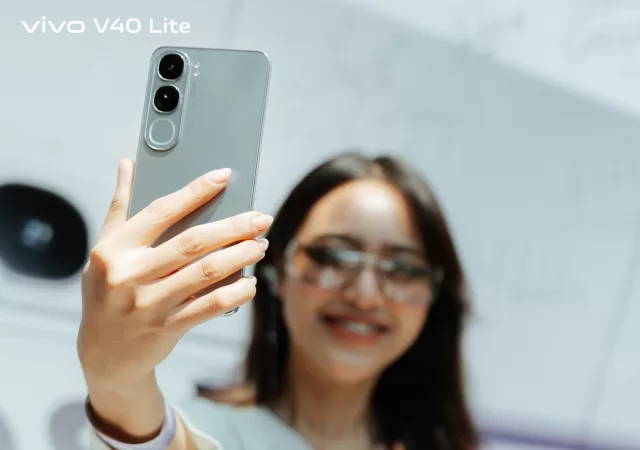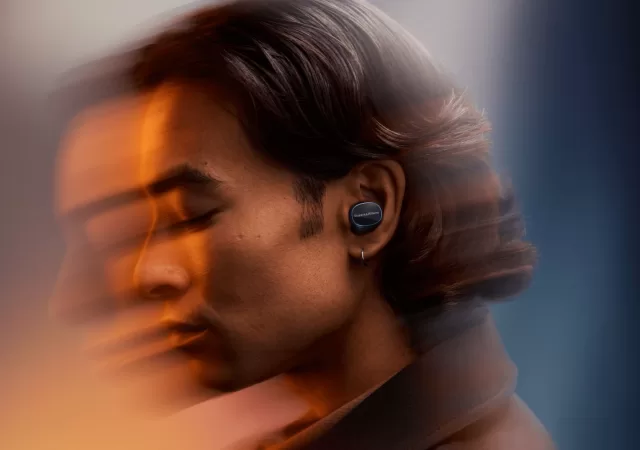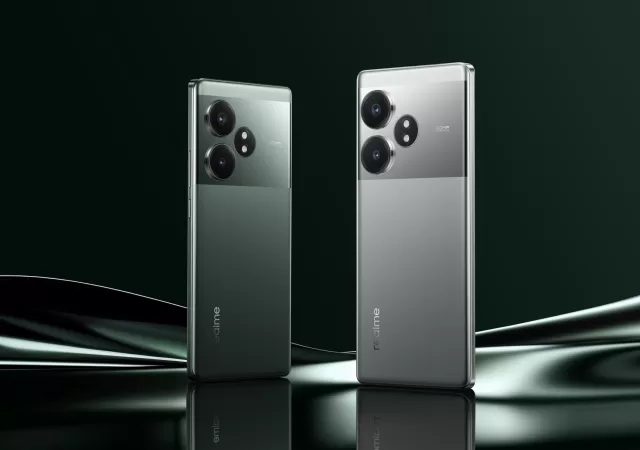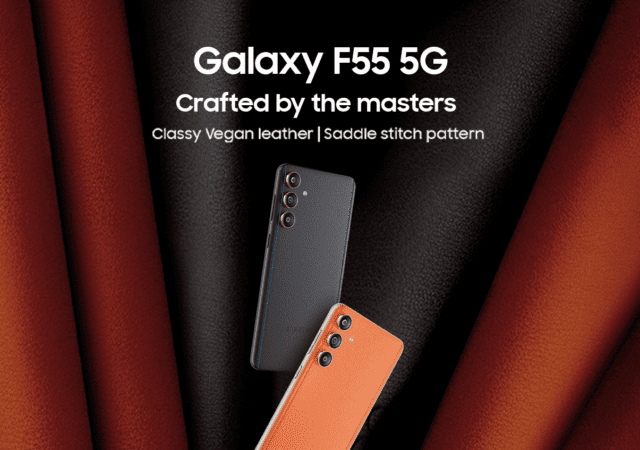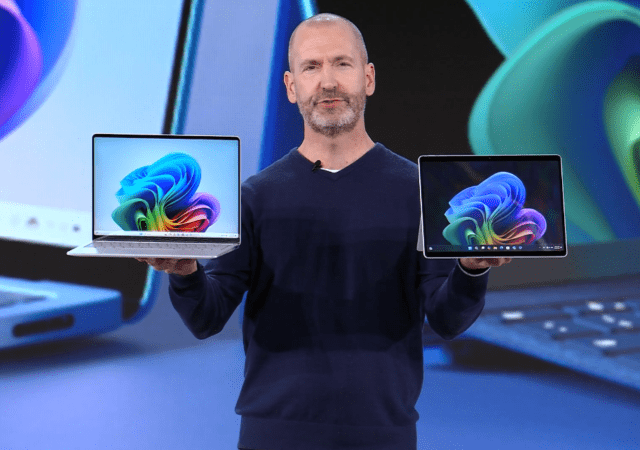vivo’s V50 enters a midrange that is uniquely challenging with a proposition that could see it become the king of the hill. But is a ZEISS camera system enough?
Sony Unleashes the Xperia 1 VII Packed with Xperia Intelligence & Sony Legacy
Sony announces its latest take on a smartphone with the Xperia 1 VII bringing the best from BRAVIA, Walkman and Alpha into a sleek body.
5 Reasons Why The Redmi Note 14 Pro+ 5G is Changing Midrange Flagships
Explore the innovative features of the Redmi Note 14 Pro+ 5G smartphone. Discover how Xiaomi strikes the perfect balance in the midrange segment.
Honor X9c 5G In-Depth Review: Durability Takes Centrestage with Some Concessions
Is the Honor X9c the perfect balance of durability, performance, and affordability? Read our in-depth review to find out how it stacks up with its 120Hz AMOLED display, 108MP camera, and more.
vivo V40 Lite 5G Debuts in Malaysia with 4-Year Promise for Smooth Performance
vivo releases its new affordable smartphone – the vivo v40 lite 5G that comes with a four year warranty and promise for smoothness.
Bowers & Wilkins Unveils New True Wireless Earbuds Line Up with the Pi6 & Pi8
Bower & Wilkins launches its new true wireless earbuds – the Pi6 and Pi8 – for two different pricepoints with a unique set of features that push boundaries at each.
Qualcomm Sues Transsion Holdings, Parent Company of Tecno and Infinix, Faces Over Patent Infringement
Tech enthusiasts and budget-conscious smartphone users might be familiar with brands like Tecno, Infinix, and iTel. These popular names belong to Transsion Holdings, a major smartphone manufacturer based in China. However, Transsion is currently facing a legal challenge from a…
Realme GT 6T Announced in India with Snapdragon 7+ Gen 3 and 120Hz Refresh Rate
Realme announces its next flagship – the Realme GT 6T – in India with the Qualcomm Snapdragon 7+ Gen 3 processor.
Samsung Unveils the Galaxy F55: A Mid-Range Powerhouse for Gamers and Content Creators
Samsung announces the Galaxy F55 in India that pushes mid-range specifications and an eye turning vegan leather finish.
Microsoft Leads the CoPilot+ PC Charge with the new Generation of Surface Laptop and Surface Pro
Microsoft announces the new Surface Pro and Surface Laptop line up spearheading the CoPilot+ PC wave.



